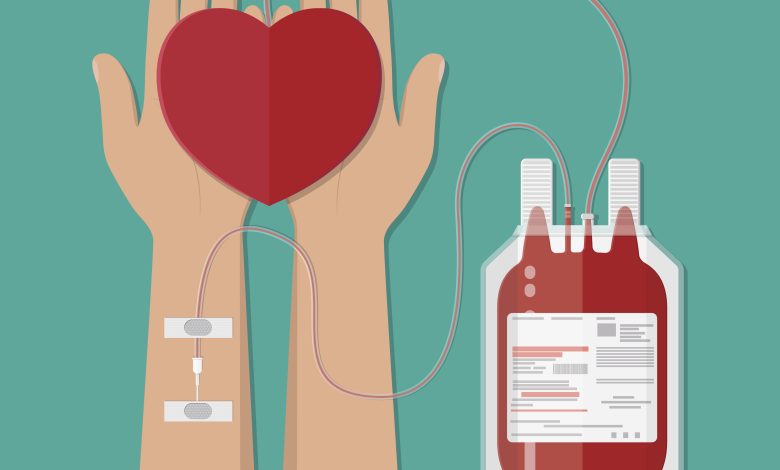Opinion Letter: Saving Lives Together: The Urgent Need for Blood Donations in Malaysia


By Dr. Farzana Rizwan and Dr. Imam Shaik
Blood transfusion is a lifesaving medical intervention for patients undergoing complex surgeries, experiencing blood loss due to trauma or childbirth, suffering from chronic illnesses and blood disorders, and even during cancer management.
In Malaysia, voluntary blood donation programmes are crucial for maintaining a safe and adequate supply of blood and blood products. As one of the 60 countries worldwide that practice this model, the country relies on the goodwill of donors who give blood and its components freely.
That said, currently only 2.2 % of Malaysians donate blood in a year as compared to 3.5-5% in the developed countries. This statistic comes at a time when the demand of blood and blood products has increased in the country, not only due to a rise in motor vehicle accidents but also because transfusion-dependent patients are increasing in numbers.
According to our Health Minister Datuk Seri Dr Dzulkefly Ahmad, the country needs more blood donors to maintain a “safe zone” of blood stock to meet the nation’s daily demand of at least 2,000 blood bags.
The pre-pandemic blood donation rate was 22.8 donors per 1,000 people, which declined to 19.7-22.5 donors per 1,000 population between 2020-2022. The hopes are high that it will be raised to 35 to 40 donors per 1,000 population by 2030, as targeted by the Health Ministry.
Young people from 17 years of age onwards are urged to come forward to help achieve this goal. In 2023, 675,315 blood bags were successfully collected nationwide. This feat was achieved due to the joint efforts of campaign organisers and enthusiastic donors. The community needs to choose the right direction, have a positive mindset and move away from the myths and negative perception surrounding blood donation.
Moreover, to achieve the current target of 2000 bags/day and fulfill the future aim of 35 to 40 donors per 1,000 population, we can seek guidance from the good practices that are in place in other countries. For example, we can focus more on ‘targeted recruitment’ to obtain donations from specific ethnic groups if there are certain blood groups that are difficult to find in others.
Besides that, we can adopt innovative methods of education and engagement of young students to promote school/college/university-based blood donation drives. Additionally, the use of mobile apps to facilitate online bookings, reminders, re-scheduling, and appointment cancellation systems provides convenience to the community. The use of mobile technology in tracking the donor eligibility and getting donor feedback would be some of the helpful tools to make blood donation experience more pleasant and smooth.
Not many are aware of the benefits they stand to get when they donate their blood. One benefit is that it helps maintain good health of tissues and organs by improving blood circulation to them. Blood donation keeps the iron balance in control and reduces the risk of hardening and narrowing of the arteries due to accumulation of iron in their walls. It also reduces the risk of heart attack by reducing arterial blockages, hence improving the blood flow. Reducing iron in the blood also decreases the risk of cancer because iron is a source of cancer-causing free radicals, which are unstable atoms that can damage cells and alter their functions.


